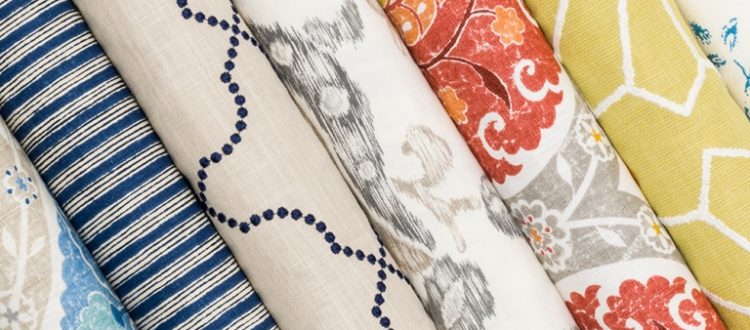Wide format printer for textiles printing

In the home furnishing industry, there has always been a demand for wide textiles, up to 3.2 or even 3.4 meters. For the fashion market, fabrics of 1.60 meters were most commonly used in the past. However, nowadays more and more printers are producing fashion fabrics with a width of up to 1.8 meters. This is a logical result of the population getting taller. But how can you print large format fabrics efficiently as a printer? In this blog, I explain what widths of fabric are actually considered "large format" and how you can choose the right printer for your large format production.
When is fabric considered large format?
In the textile industry, a fabric is considered "large-format" when it is more than one meter wide. This means that in the textile industry almost all printed fabrics are large-format fabrics. After all, they are 1.60 meters wide on average.

The smallest fabric to print on is silk, which most of the time is not wider than 90 centimeters. The second smallest fabric to print on is viscose, which typically starts at 1.10 meters wide. The width of the most used fabric in the fashion industry, cotton, has been expanded over the last couple of years now people are getting taller and taller. Most cotton is delivered on roles of fabric ranging from 1.6meters up to 1.8 meters.
An industry where fabric widths exceed these numbers is the home furnishing industry. Common widths in this industry are 2, 2.4, 2.6, 3.20 and 3.40 meters. Overall, this means that there is a high demand for large format textile printers within both the fashion as well as the home furnishing textile industry.
More info:
Website: www.skyimagepaper.com
Company Name: Fei Yue Digital Technology Co., LTD
E-mail: sales@feiyuepaper.com
Tel: 86-025-86628894
Whatsapp: +86 18252072197
Address: Central Road 323, Nanjing, Jiangsu, China


评论
发表评论